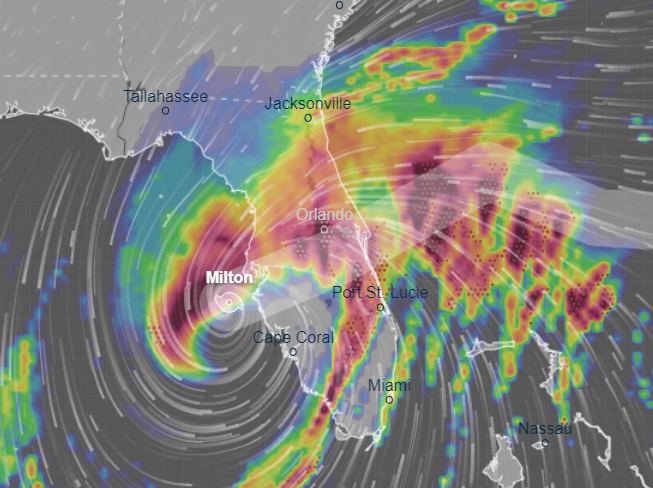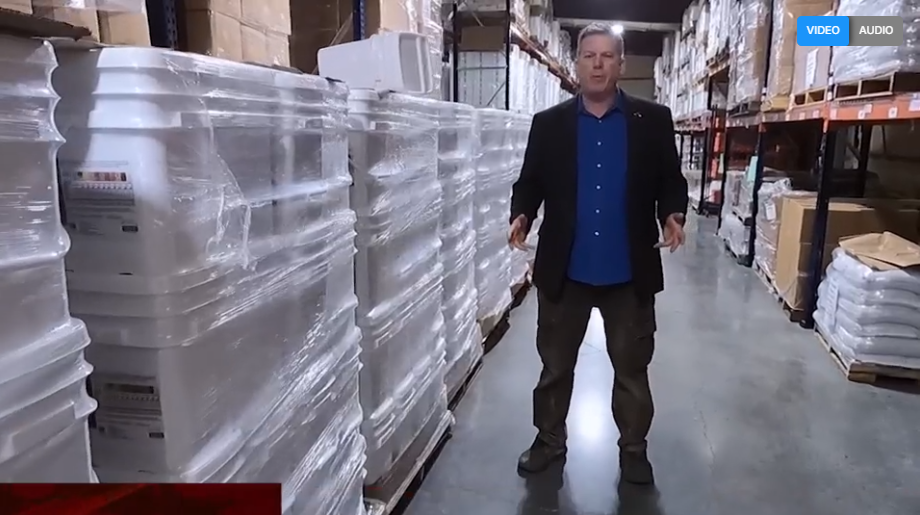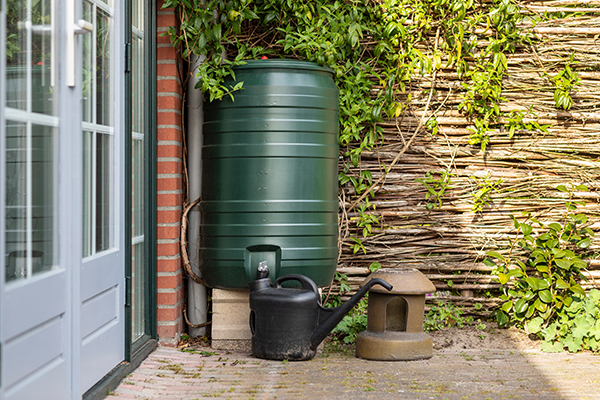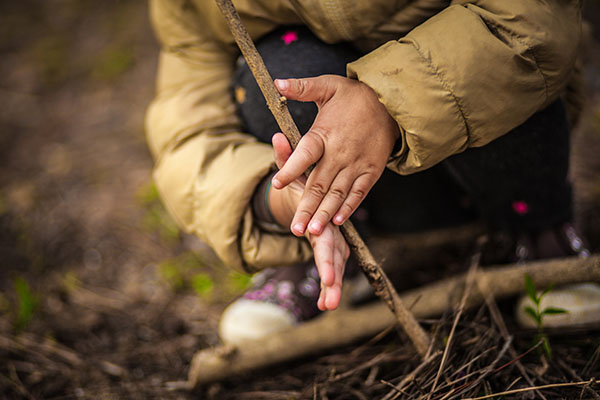Hurricane Helene swept through hundreds of toxic industrial sites – are all those chemicals now in the drinking water?
10/13/2024 / By Ethan Huff

Rice University researchers are calling for tighter restrictions on stored pollutants after it was discovered that Hurricane Helene ravaged hundreds of industrial sites in western North Carolina that were teeming with toxins and pollutants.
Helene ripped apart paper mills, fertilizer factories, oil and gas storage facilities, and even a retired nuclear plant while drowning the region in water. That water likely became contaminated with all sorts of chemicals that are probably currently seeping into the ground and into drinking water supplies.
While it is normally the case that rain and storm surge flooding from hurricanes results in some environmental contamination, i.e., from overflowing sewer systems, the situation with Helene is unique in the sheer volume of industrial facilities it affected.
Nobody seems to have a clear idea as of yet about which bacteria, chemicals and other toxins are hiding in Helene’s floodwaters or where they may have ended up in the days since the storm. All we know is that the pollution is voluminous.
“Hazardous releases remain largely invisible due to limited disclosure requirements and scant public information,” the Rice researchers wrote in a paper. “Even emergency responders often don’t know exactly which hazardous chemicals they are facing in emergency situations.”
Check out the video below of the wreckage left behind in downtown Marshall, N.C. Those on the ground there say they have seen people wearing personal protective equipment (PPE) and Hazmat suits – what do they know that the rest of us don’t?
Another devastating scene due to Hurricane Helene’s impact in several states. We are in the historic downtown area of Marshall, N.C. where the clean up process has started. We’ve seen people with PPE and hazmat suits as we’ve been hearing the mud in this area is hazardous. pic.twitter.com/K52uZceDE4
— Cristina Corujo (@cristina_corujo) October 4, 2024
(Related: Did you hear the strange claims made by some motorists in Florida that their cars mysteriously stalled while trying to escape Hurricane Milton?)
Mountain flooding from a hurricane is a whole new ballgame
Western North Carolina is a largely rural area where many homeowners pull drinking water from wells rather than from municipal water supplies. As such, there is no telling whose wells became contaminated from Helene and whose did not, which is why the state’s Department of Health and Human Services (HHS) is advising residents not to consume well water for the time being.
Normally, hurricanes affect coastal areas the most, but in this case a highly mountainous region full of wells, rivers, lakes, and all sorts of other unique features bore the brunt of Helene, leaving experts in uncharted territory.
“We don’t have a lot of knowledge about mountain flooding from a hydrology standpoint,” said Kelsey Pieper, a professor of environmental engineering at Northeastern University.
“Water velocities tend to be higher in mountain floodings because it’s getting funneled into the valley where the water is accumulating. In a coastal area, you’re going to see more water spreading out. The flooding mechanisms are different and we know very little.”
This is a big reason, by the way, why some government agencies are reluctant to allow volunteers to help with cleanup and rescue operations. Add to that the fact that the same government agencies are not bringing in the right equipment and you have a recipe for very little, if any, remediation being a success.
“We were supposed to get a big shipment of gloves, coveralls, masks, respirators, but we aren’t,” said local coordinating volunteer Rachel Bennett about the lack of supplies coming to the area. “Those are big things because we’re in cleanup right now. We need thick things.”
The latest news about Hurricane Helene and other natural disasters can be found at Disaster.news.
Sources for this article include:
Submit a correction >>
Tagged Under:
chaos, chemicals, clean water, Collapse, disaster, drinking water, environ, floodwater, Helene, Hurricane Helene, pollutants, soil, toxins, water, Water safety
This article may contain statements that reflect the opinion of the author
RECENT NEWS & ARTICLES
COPYRIGHT © 2017 GEAR.NEWS
All content posted on this site is protected under Free Speech. Gear.news is not responsible for content written by contributing authors. The information on this site is provided for educational and entertainment purposes only. It is not intended as a substitute for professional advice of any kind. Gear.news assumes no responsibility for the use or misuse of this material. All trademarks, registered trademarks and service marks mentioned on this site are the property of their respective owners.




















